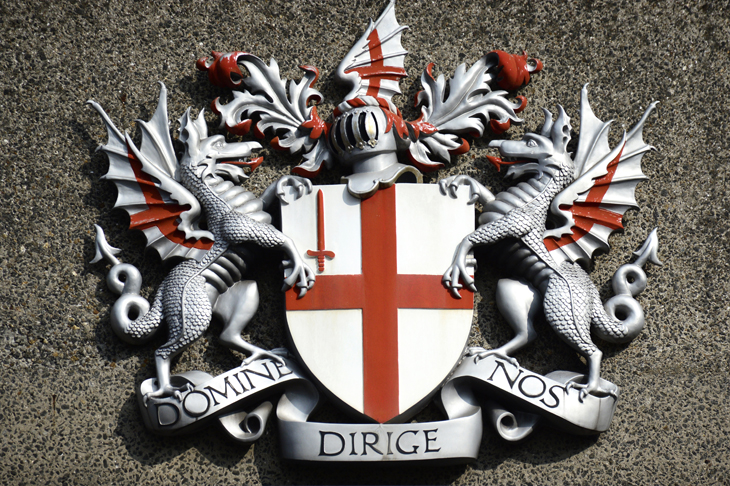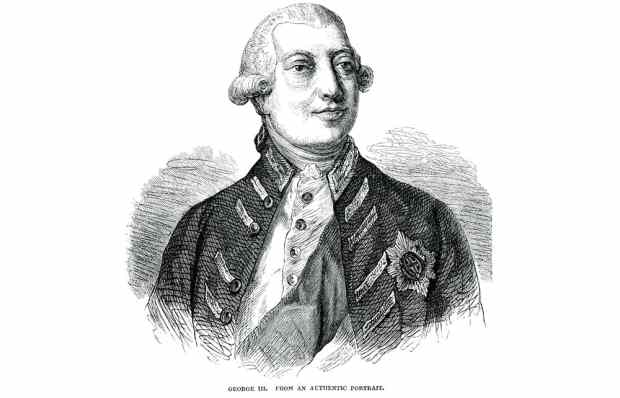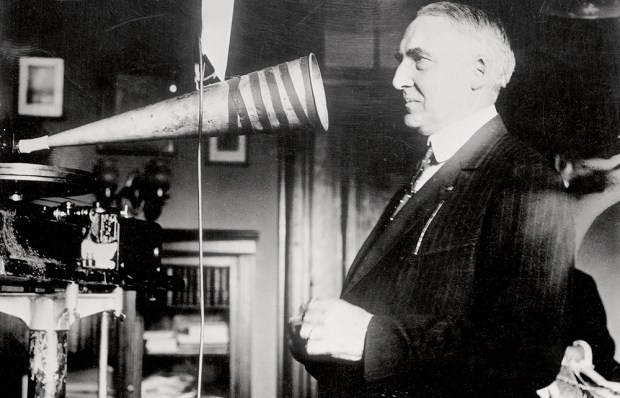A friend of my husband’s, yet a well-educated man, said in conversation as we walked to Tate Modern: ‘Is that the crest of the City of London?’
It wasn’t just the crest, but the coat of arms of the City, the whole achievement, with shield and supporters and motto and crest and all. What is it about heraldry that makes most people unrepentantly misuse a term such as crest?
It is partly that heraldry demands a completely new vocabulary, in which or means ‘gold’, proper means ‘as in nature’ and sinister means ‘the right-hand side of the shield’ (the left, of course, for the man carrying it).
But I think two other factors make the language of heraldry unpopular: it is completely useless, and its chief practitioners seem mannered, snobbish and stuck with at least one foot firmly on the autistic spectrum. Never mind that some might have won the MC and led a rugged life, that is the impression the art conveys.
In any case, the crest is in reality the little figure, generally an animal, on top of the helm painted above the shield. Clergymen and women like me generally have no martial helms and crests, but the Queen has a crest: ‘A Lion statant gardant Or imperially crowned Proper’.
Helms and their crests are carved in 3D in St George’s Chapel, Windsor, though the cameras didn’t show much in close-up during the royal wedding, being more interested in Zara Tindall enceinte with Lena, as it turned out, now 19th in line to the throne.
The crests at Windsor belong to the Knights of the Garter, the newest of whom, since St George’s Day, is Viscount Brookeborough, one of the 92 hereditary peers elected to sit in the Lords. His crest is a badger, which may be blazoned as ‘a Brock passant proper’ (by way of a rebus, I think). The supporters of his shield are Dexter (our left, his right), a Dolphin sable (which, as an heraldic dolphin, has scales and dorsal knops) and Sinister, a Lion double-queued Gules, langued Azure — meaning that it has two red tails and a blue tongue, which it proudly sticks out. That is what heraldry does to the everyday tongue of English.
Got something to add? Join the discussion and comment below.
Get 10 issues for just $10
Subscribe to The Spectator Australia today for the next 10 magazine issues, plus full online access, for just $10.
You might disagree with half of it, but you’ll enjoy reading all of it. Try your first month for free, then just $2 a week for the remainder of your first year.















Comments
Don't miss out
Join the conversation with other Spectator Australia readers. Subscribe to leave a comment.
SUBSCRIBEAlready a subscriber? Log in